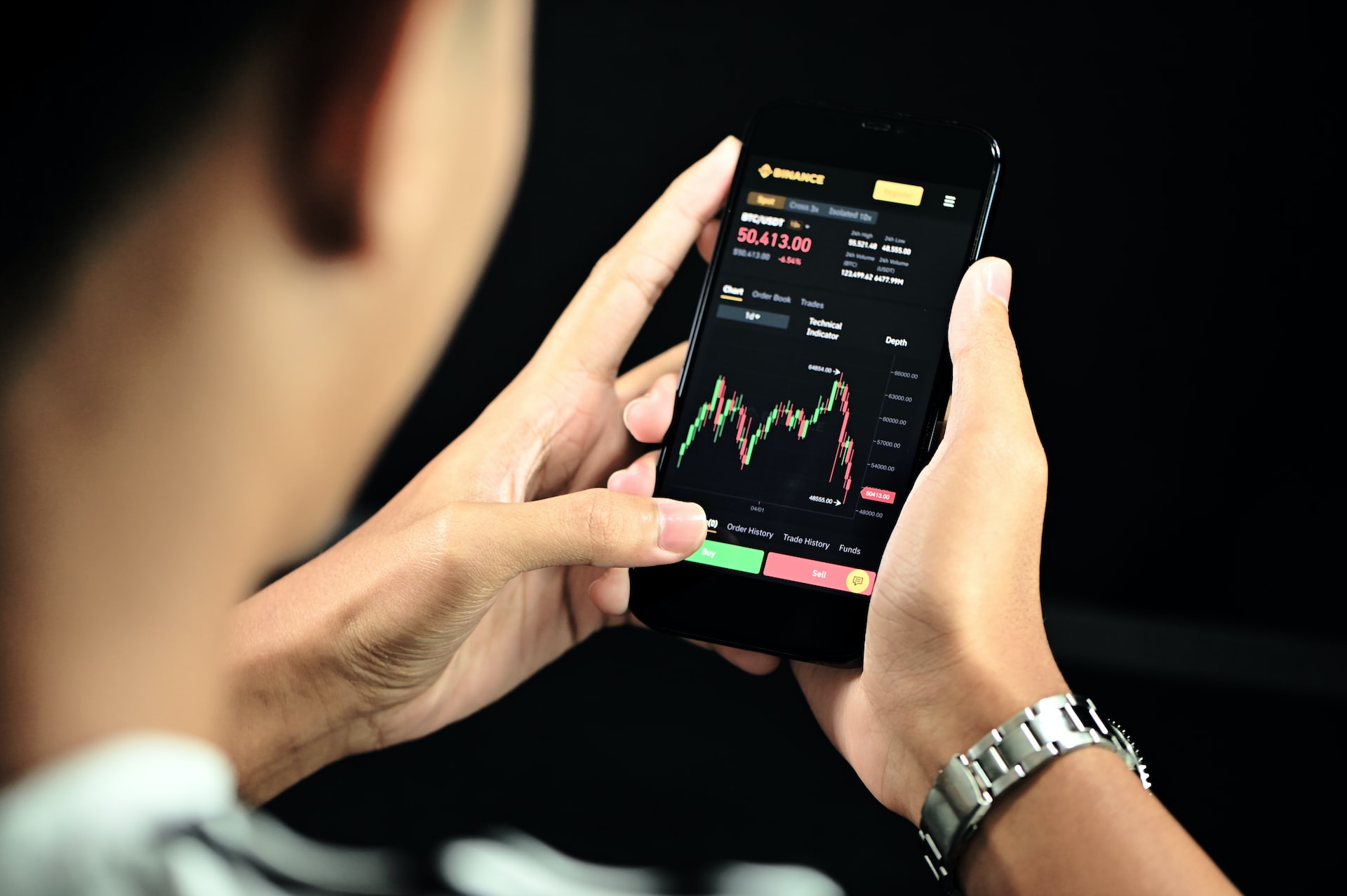Traders often debate the best way to trade bond ETFs. Some people advocate for buying and holding, while others believe active trading is the key to success. We will explore both of these approaches and see which one is more likely to lead to success. We will also look at the risks and rewards associated with each strategy.
What are bond ETFs, and why trade them?
Bond ETFs are exchange-traded funds that track a basket of bonds. They offer investors a convenient way to gain exposure to the bond market, bond ETFs trade on exchanges like stocks, which can be bought and sold throughout the day.
Bond ETFs typically have lower fees than traditional mutual funds and offer greater liquidity. Bond ETFs also tend to be more tax-efficient than mutual funds.
Why buy and hold?
The buy-and-hold strategy is often recommended for long-term investors. It involves buying shares of a bond ETF and holding them for an extended period, typically several years or more.
Many believe the bond market is relatively stable, so there is no need to trade bond ETFs actively. They argue that you can buy and hold and let the bonds mature over time.
The main benefit of the buy-and-hold strategy is that it is simple. You don’t have to worry about timing the market or making sure you sell at the right time. You can just set it and forget it.
Another benefit of buy and hold is that it minimises transaction costs. If you are actively trading bond ETFs, you will incur more fees. It can eat into your profits or even lead to losses.
The downside of buy and hold is that you may miss out on potential profits if the market rises. If interest rates go up, bond prices will go down. You will also lose money if you buy a bond ETF and hold it until interest rates rise.
Why active trading?
Active trading is a more aggressive strategy involving buying and selling bond ETFs frequently to profit from short-term price movements.
The main benefit of active trading is that it allows you to take advantage of market fluctuations. If interest rates rise, you can sell your bond ETFs and repurchase them at a lower price. This can lead to profits.
Another benefit of active trading is that it allows you to stay invested in the market even when there are periods of market decline. If you believe the bond market will rebound, you can keep your money invested and wait for prices to recover.
The downside of active trading is that it can be risky. If you don’t time your trades correctly, you could lose money. Active trading also incurs more fees, which can eat into your profits.
Which is the better strategy?
There is no right or wrong answer to this question. It depends on your investment goals and risk tolerance.
Buying and holding may be your best strategy if you are a long-term investor. It is simple and minimizes transaction costs.
If you are a more aggressive investor, then active trading may be a better strategy. It allows you to take advantage of market fluctuations and stay invested in the market even during periods of decline.
No matter which strategy you choose, make sure you understand the risks and rewards associated with each one. It will help you make the best decision for your investment goals.
Things to keep in mind when trading bond ETFs
When trading bond ETFs, you should keep a few things in mind:
- Be aware of the risks and rewards associated with each strategy.
- Consider your investment goals and risk tolerance.
- Choose a strategy that fits your needs.
- Remember always to stay informed about the latest market news.
By following these tips, you can trade bond ETFs successfully. And by understanding the risks and rewards associated with each strategy, you can make the best decision for your investment goals.


Comments are closed